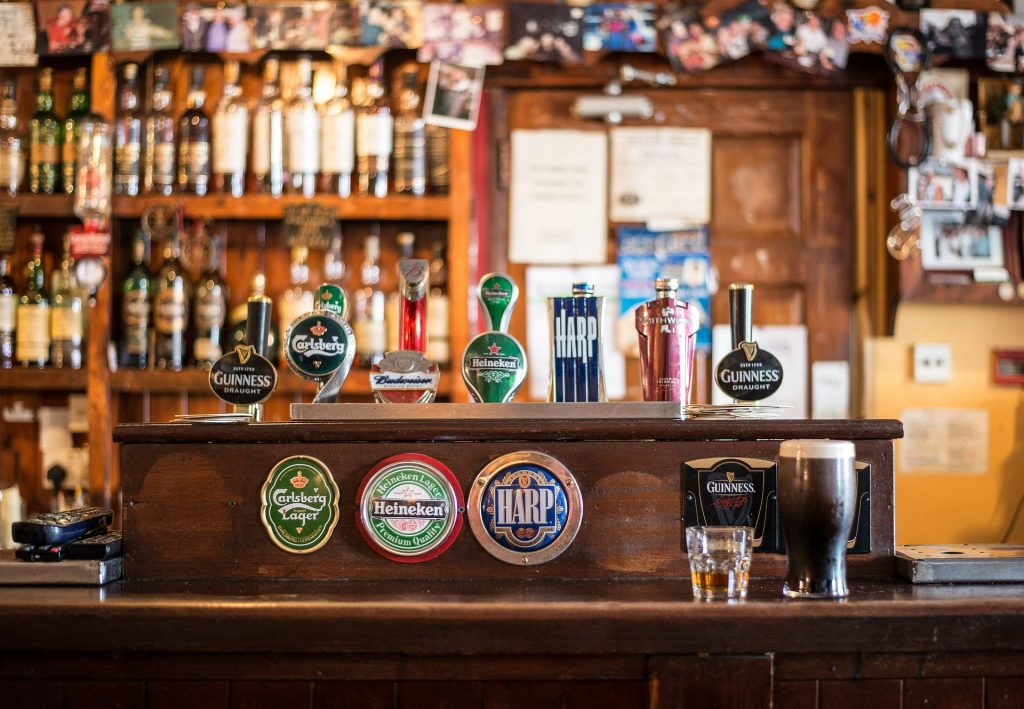
Owning a restaurant bar seems to be the ideal business for those who enjoy laughing, entertaining and celebrating with their friends. However, like any other business one should bear in mind that there is indeed an amount of work and responsibilities behind a festive bar scene. Bars are the main places where people enjoy socializing and are willing to spend. As such, a bar business can be lucrative if properly planned and managed.

Below are different factors and tips to consider before jumping in the bar business.
1. First, with the help of a business broker find the area where you wish to open a bar. A business broker is basically a real estate agent who deals solely with businesses.
When choosing a location, consider the following points:
Demographics
If you are seeking to attract university students, you should open a bar close to a campus. If you’d rather have higher-class customers, set up your bar in an affluent area of the city.
The style
Your bar will either be formal, elegant or casual. The style will determine the type of customers you wish to attract.
Parking and accessibility
A restaurant bar having regular customers is likely to have it’s own parking space. On the other hand, if your bar’s clientele consists of a majority of tourists and travelers, you won’t need to provide parking space as tourists rely on cabs to move around and are less likely to be regular customers.
Restrictions
Find out if you are allowed to open a bar in any specific area.
The costs
After adding up the cost of rent, utilities and the profits you forecast, you should be able to figure out if your restaurant bar will yield advantageous returns.
2. Contact a lawyer who specializes in restaurants and bars. The latter will guide you across all the required licenses and legal procedures a bar business entails.
3. Get to register your bar’s trademark and logo to protect yourself against infringement suits. Besides, it adds value to your business and highlights your rights over the brand.
4. When designing your bar, opt for an atmosphere based on your desired clientele. Select furniture which matches with the size and design of the bar. For example, you can install an island-shaped bar on a sandy floor for a Caribbean inspired design. Make sure the design is complementary with the bar’s atmosphere. For instance, if you open an Irish Pub and play techno music, customers will notice the dissonance and are unlikely to come back. Hire an interior designer for better job.
5. Be a savvy owner with inventory and accounting. It is essential to keep track of the cost of sales. Proper inventory will help you set the right prices, find out and compare among the most profitable drinks.
6. Marketing rules the world of bars and restaurants. No matter how much you invest in launching your bar business, do not expect customers galore for a start. A proper marketing strategy will attract and retain customers. If you do not wish to resort to paid advertising, find ways to encourage people into your bar through word of mouth. Use social media and get people to share promos with their friends.
7. Whoever heads to a bar expects savory snacks with tangy sauces to accompany their drinks. Serve bar food that pairs with the beverages. Someone ordering a beer will enjoy it with burgers and fries. Similarly, cocktails are great with goat cheese and nachos, while wine complements red meat and pasta.

8. Behind a successful bar lies a professional crew. A bartender conveys the first image people will have of your bar. The latter is hence expected to be skilled with the cocktails and pleasant with the customers. The barback’s role is as equally important as the bartender as his duty consists of ensuring the smooth running of the bar, i.e., He/She always makes sure the bar is always replenished, cleaned and also relays information to and from the kitchen, security and the bar.
9. Invest in a retail POS (Point of Sale) system before opening your bar. This digital system is customizable, will speed up the workflows behind the bar and acts as a safeguard against potential thefts from employees.
The main POS features one should look for are as follows:
Portable
A handheld point of sale allows your customers to pay and even tip quickly from anywhere in the bar. How practical!
Time-based price setting
A POS sets the price for a happy hour automatically so that you don’t have to set it every day at the same time.
Reduce retail theft
Retail theft will reflect on your inventory. A POS system allows you to compare various inventory reports when looking for any discrepancies. Employees behind those thefts can be easily traced.

Now that you are familiar with the core principles which make up a bar, you can go ahead with your business. If you already own a restaurant bar, feel free to comment below!
